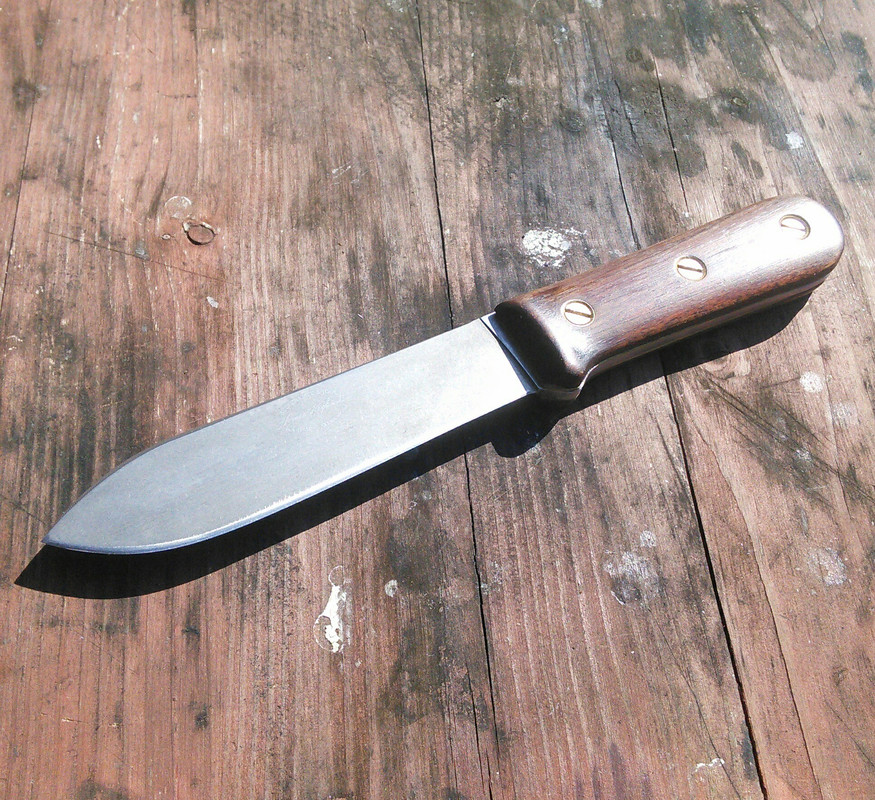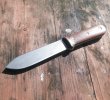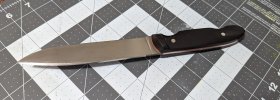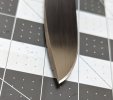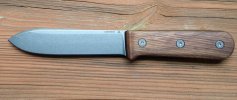carnifex knifeworks
Gold Member
- Joined
- Dec 11, 2022
- Messages
- 3,179
I'm not a fan of kepharts. It's just not my personal preference.It’s not about how it looks, it’s about how it works. It is the kind of knife you keep in your cabin or in your pack for years and years, and you use it for everything. It does not do any one thing brilliantly, it does a lot of things very well. If you ride a KLR, you will understand.
It is curious to me that such a plain-Jane, utilitarian knife has so many designer variants. If you want similar utility in an inexpensive knife, try the Dexter-Russell Green River 4215 fish knife.
Personal preference seems to be the biggest factor in determining if a knife is good at specific tasks or not, with obvious exceptions (i.e. a cleaver with a flat tip won't be great at drilling holes, a 3 inch blade isn't great at batoning, etc.). I may think a knife is great at a task, but someone else may feel it's deficient at performing that same duty.
I was curious if this was the case with kepharts or if I was missing something. It seems like that generally holds true here. It's just preference. Good to know.

